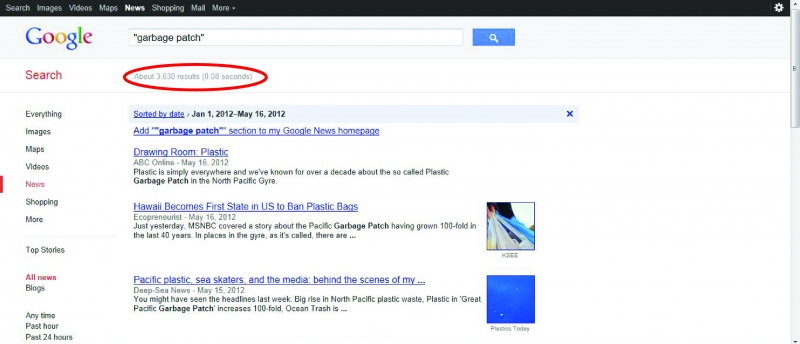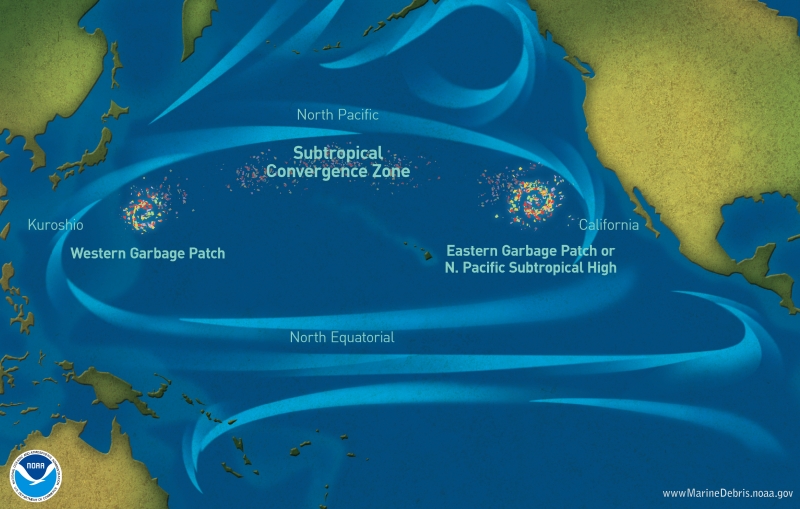By: Carey Morishige, Pacific Islands Regional Coordinator with the NOAA Marine Debris Program
Working for the NOAA Marine Debris Program, I’ve been asked quite a bit about the ‘Great Pacific Garbage Patch.’ "Is it really twice the size of Texas?" "Can you see it from an airplane? On Google Earth?" Working for a science-based agency has underscored my belief in the importance of information based on what is actually known, directly from the experts. That said, I’d like to take this opportunity to debunk some of these ‘garbage patch’ myths.

As you’ve probably seen, the media has been filled with stories about plastic marine debris and the so-called garbage patches. It’s a popular topic (and an important one, don’t get me wrong). However, one common thread through many of these articles deals with misconceptions about the size of the ‘garbage patches.’ In a recent article, it was noted that the ‘garbage patch’ is “the size of Greenland.” Two days before, another article described the ‘garbage patch’ as “quite possibly the world’s largest dump, twice the size of Texas, a continent of plastic perhaps 30 metres deep.” Last month, another article stated that “this swirling mass of plastic debris is estimated to be the size of Texas.” Four years ago, the patch was estimated at “twice the size of the continental United States.” Needless to say, we have quite a range for the estimated size of this ‘garbage patch.’
With all of this information flying around, much of it conflicting, what is actually known about these topics? And what do we believe?
First, the name “garbage patch” is a misnomer. There is no island of trash forming in the middle of the ocean, and it cannot be seen with satellite or aerial photographs. While it’s true that these areas have a higher concentration of plastic than other parts of the ocean, much of the debris found in these areas are small bits of plastic (microplastics) that are suspended throughout the water column. A comparison I like to use is that the debris is more like flecks of pepper floating throughout a bowl of soup, rather than a skim of fat that accumulates (or sits) on the surface.

Second, marine debris concentrates in many areas of our oceans. These concentrations have been noted not only in the ‘Great Pacific Garbage Patch’ (aka N. Pacific Subtropical High), but also off the coast of southern Japan (Kuroshio recirculation gyre) as well as in an area north of Hawaiʻi (N. Pacific Subtropical Convergence Zone). It’s possible that there are other areas in other oceans as well, as ocean features (e.g., eddies, windrows, convergence zones) and winds concentrate marine debris.
The bottom line really is that all of this human-made trash simply does not belong in our oceans or waterways. There should be no patch and not a single ounce of plastic in our oceans.
For more information on ‘garbage patch’ facts, check out the NOAA Marine Debris Program website.
